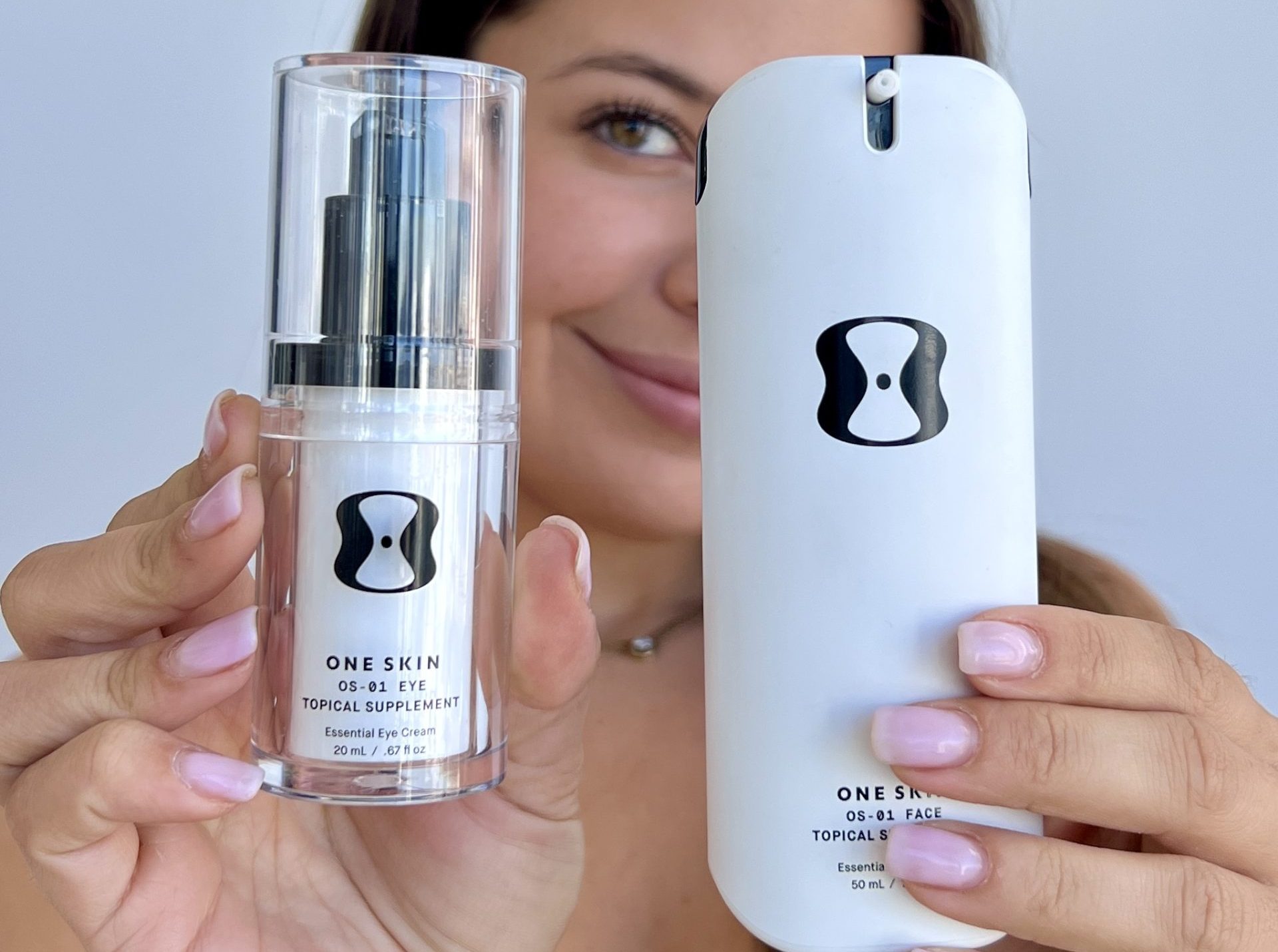How much do we know about the food in our grocery carts?
When it comes to the hotly debated issue of GMOs, we have a lot to learn. A study published in Nature Human Behavior revealed that the more adamant participants were in their knowledge of genetically modified foods, the less informed they actually were. “This shows that extreme beliefs stem from overestimation of knowledge,” lead author, Philip M. Fernbach, an assistant professor of marketing at the University of Colorado, told The New York Times. “We have to somehow get people to appreciate that they don’t understand things as well as they think they do.”
This finding isn’t without reason—GMOs are a thorny topic that continues to spark debate in the scientific community and beyond. While nearly 90 percent of the American Association for the Advancement of Science believe GMO foods are safe and the FDA has backed that claim, critics worry that such engineered foods could have negative health impacts—from allergic reactions to antibiotic resistance and gene migration, according to the World Health Organization.
“Not all objections to genetically modified foods are so easily dismissed,” writes David H. Freedman in Scientific American. “Long-term health effects can be subtle and nearly impossible to link to specific changes in the environment.” The problem, he explains, is that medical research can’t prove anything 100 percent “safe.” “One can only fail to turn up significant risk after trying hard to find it,” he writes, “as is the case with GM crops”
So where does that leave us? At a standstill in the produce aisle with an empty cart and too many decisions to make. So, let’s set aside the scientific debates for a minute, and lay down the facts. If you’re looking to buy non-GMO foods, there are some simple facts you need to know before you hit up your grocery list.
Know Your GMO Crops
Not all non-organic crops come from GMO-seeds. In the US, there are just eleven that need to be on your radar: sugar beets, canola, soy, cotton, corn, zucchini, yellow summer squash, potatoes, alfalfa (animal feed variety only), papaya and apples (Arctic brand only). Some of these GMO crops, like corn, canola, soy, cotton and sugar beets, are used as additives, so you need to examine ingredient lists on packaged foods or check the labels for Organic or non-GMO verified icons.
Look for the Labels
If a product is labeled 100% Organic, it’s GMO-free. That goes for fruits and veggies, but also dairy, eggs, and meat products as well. “This means an organic farmer can’t plant GMO seeds, an organic cow can’t eat GMO alfalfa or corn, and an organic soup producer can’t use any GMO ingredients,” according to the USDA. Some products even have the non-GMO verified icon, which is assigned by the Non–GMO Project.
Read the Fine Print
When purchasing meat or poultry, look for grass-fed or 100% organic fed. Eggs made from chickens fed with 100% organic feed are non-GMO as well. Fish tends to require closer inspection: Some farmed fish and seafood may be fed GMO ingredients, so check for the “Wild Caught” description if you want to be GMO-Free. Another label to watch out for, especially in packaged foods, is in usually written in fine print: “Partially produced with genetic engineering.”
Be Wary of Certain Ingredients
Most processed foods that don’t have the organic label are easily filed under GMO foods. This is particularly true of sweet stuff, made from sugar beets. Red flags in the ingredient lists include fructose, dextrose, glucose, caramel color, mannitol, maltodextrin, to name a few. Instead, go with products made with 100% sugar cane, evaporated cane juice or organic sugar. Another consideration is anything made with soy—tofu, tempeh and soybean oil—or soy byproducts like soy lecithin, protein, isolate, and isoflavone. And finally, kids’ favorite foods that don’t have the USDA Organic certification are likely to fall in the GMO category because so many are made with corn—from everyday cereals to conventional baby formula. Some ingredients to avoid in the corn family (along with the obvious non-organic corn) include high fructose corn syrup and modified food starch.
Consider Your Budget
Buying all non-GMO can get pricey, but there are some workarounds. For example, when you’re looking for organic dairy options, you can also consider products like butter made from Switzerland and Greece which are 100% non–GMO. In the produce aisle, or at the farmer’s market, non-organic veggies and fruits may be non-GMO with the exception of corn, beets, Hawaiian papaya, zucchini, summer squash, and radicchio. And when it comes to organic meats, the wellness resource MamaNatural, suggests buying the cheaper cuts (chuck roasts, shanks) and saving the bones to use in homemade broths.
Know Your Resources
If you want to ensure your shopping list is entirely non-GMO, there are several resources to turn to. The Non-GMO Project has both an app and a searchable platform that lists GMO-free retailers and products. Whole Foods has a handy guide for GMO-free shopping at their stores, and the site MamaNatural offers a comprehensive breakdown of non-GMO food tips. If you’re shopping internationally—or just from international grocery stores—check out this global map of worldwide policies on non-GMO foods.
Now that you’re armed with GMO food knowledge, you’re free to wander the grocery aisles and deliberate over other pressing issues like whether or not to buy that deliciously trashy magazine at the checkout counter. Do what you need to do. We won’t judge.










